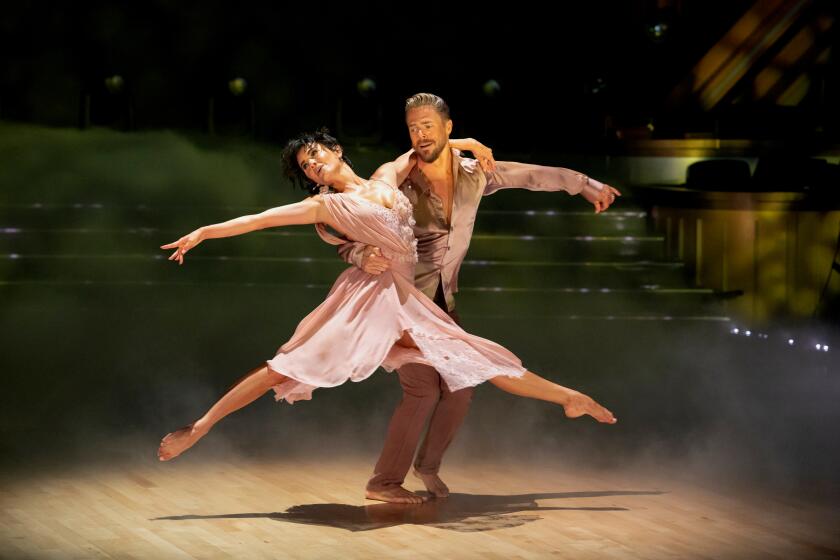MUSIC REVIEW : Southwest Chamber Music Society Plays in Santa Ana
County audiences continue to resist the manifest appeal of the fledgling Southwest Chamber Music Society. Even a program that included Brahmsâ mighty and fiery Piano Quartet in G Minor failed to attract more than a handful of listeners--fewer than 20 people--to Santa Ana High School Auditorium on Sunday.
As a result, balances in the sonorous, lively 1,500-seat hall sometimes went askew, the music occasionally seemed underpowered, and inner and lower lines were not always clear and assertive.
The musicians--Kimiyo Takeya, violin; Jan Karlin, viola; Richard Treat, cello, and Albert Dominguez, piano--offered a measured, broad and richly swooning account of the Brahms Quartet, with, best of all, a weighty but colorful last movement. Still, balances--as always in this work--could be problematic; textures could be muddy, secondary lines weak and structural shifts underemphasized.
Treat is a newcomer to the group, having replaced Erika Duke, and it may take a while for the members to knit together as well as they have in the past.
Surely no one should have been frightened off by Schoenbergâs String Trio, Op. 45, one of the composerâs most dramatic works, accessible even in suggesting a particular program--the pain and recovery of the life-threatening heart attack that nearly felled Schoenberg in 1946. Takeya, Karlin and Treat inclined more toward refined, lyric moodiness than overtly dramatic utterances. If the results were minimally abrasive, the pluses were febrile, ghostly glissandi and harmonics, and pale reminiscences of waltz-mad Vienna.
The intelligent, tasteful program notes were written by French horn player Jeff von der Schmidt, the societyâs artistic director.
The program opened with a sunny, buoyant account of Haydnâs Trio in G, Op. 53, characterized by poised, supple playing, marred at times by blurred intonation.
Incidentally, pairing Schoenberg and Brahms was not entirely serendipitous. Schoenberg had orchestrated the Brahmsâ Piano Quartet in 1937 for Otto Klemperer and the Los Angeles Philharmonic. It was the orchestrated version that Balanchine used for his 1966 ballet âBrahms-Schoenberg Quartet.â In this way do geniuses commune with one another.
The program will be repeated today at 7:30 p.m. at the Pasadena Library and at 8 p.m. Wednesday at the Claremont United Methodist Church.
More to Read
The biggest entertainment stories
Get our big stories about Hollywood, film, television, music, arts, culture and more right in your inbox as soon as they publish.
You may occasionally receive promotional content from the Los Angeles Times.










